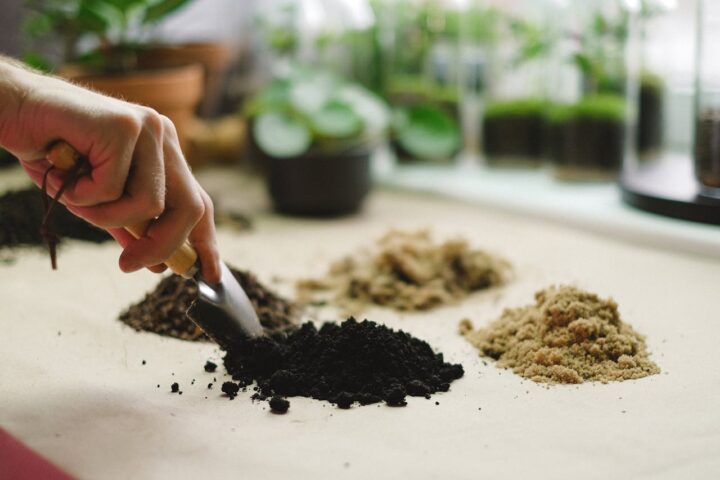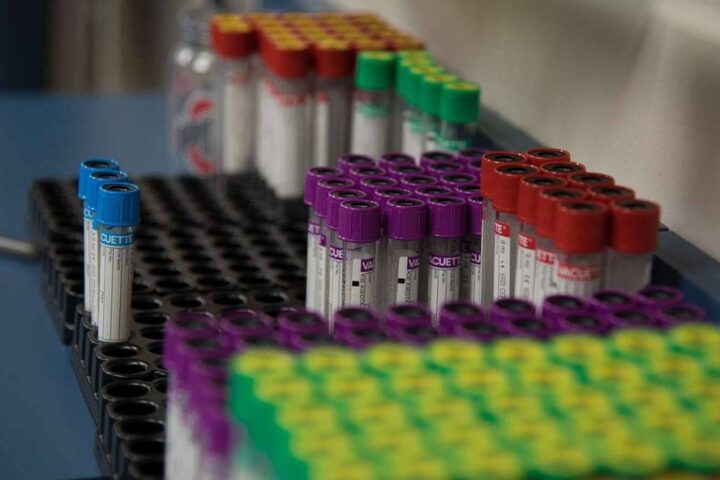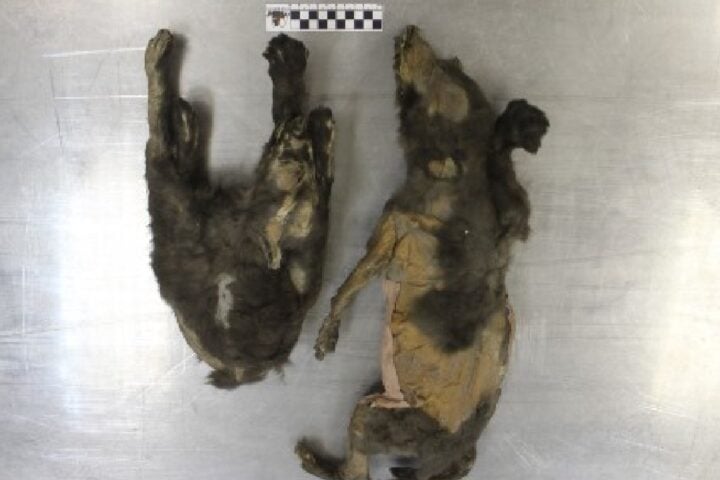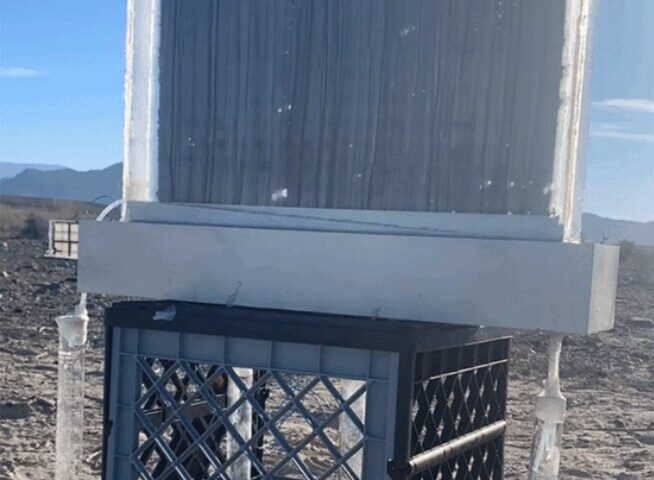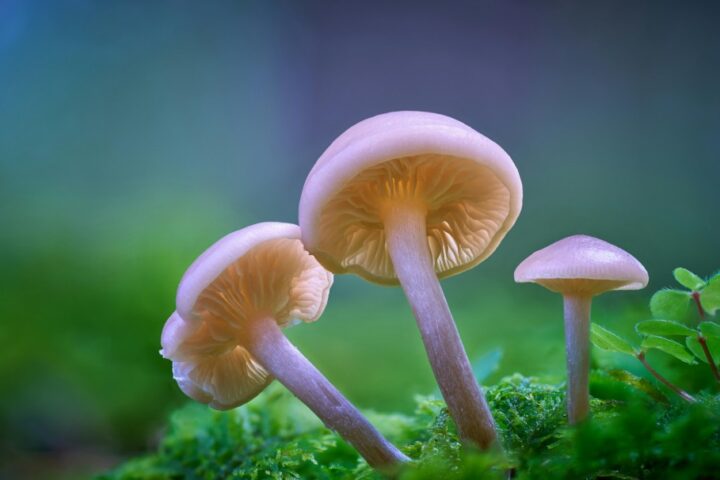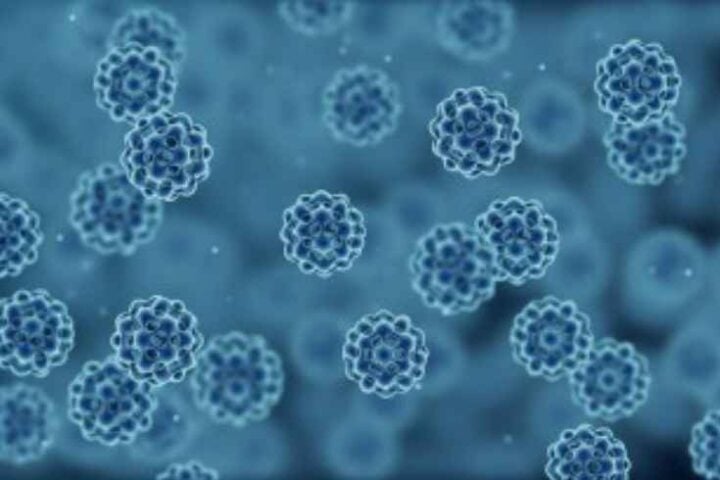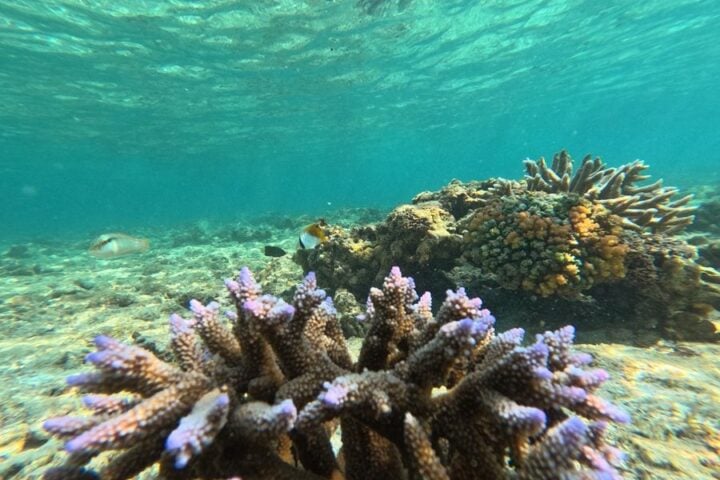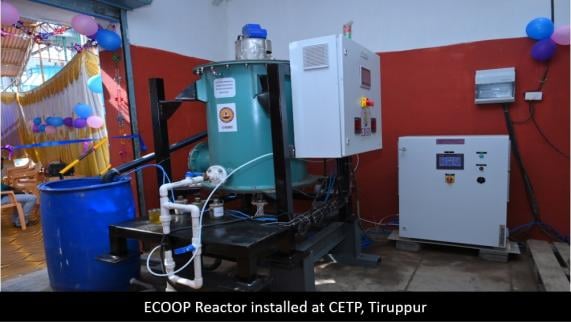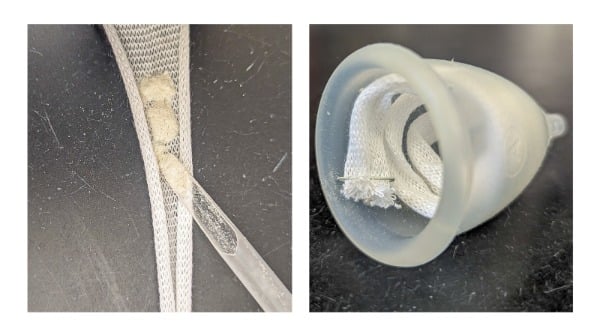The material, dubbed “StarCrete”, is made from planetary dust found on the surface of Mars, potato starch, & a pinch of salt. Blood & urine were considered as binding agents initially by the team, but it was rejected. The new material was developed in response to the challenges of transporting expensive building materials to off-world locations like Mars. A startup called DeakinBio has been launched by the team behind the discovery, & aims to improve StarCrete for use on Earth as a more sustainable alternative to traditional concrete.
The starch, which is produced for food, serves as a binding agent & can be found on many space missions, meaning it is readily available to astronauts. Additionally, the salt required to strengthen the material can be obtained from the tears of astronauts or from compounds found on the Martian surface. At the time of testing, StarCrete had a compressive strength of 72 megapascals, more than twice as strong as regular concrete. At over 91 MPA, StarCrete, made from Moon dust was even stronger. It was calculated by the team that a sack of dehydrated potatoes (crisps) would contain enough starch to produce almost half a tonne of StarCrete, equivalent to more than 213 bricks.
Significant energy &heavy processing equipment are required by current building techniques, making them costly & complex for World Mission. On the other hand, StarCrete can be made in a regular oven or microwave at nominal home-baking temperatures, offering reduced energy costs for production. According to Dr. Aled Roberts, the lead researcher at the project, StarCrete simplifies the mission & makes it cheaper & more feasible. It is believed by the scientists behind the discovery that StarCrete has the potential to be used for building on Earth as a more environmentally sustainable alternative to traditional concrete.
- Air India Crash: Sabotage Angle Officially Probed in ‘One in a Billion’ Dual Engine Failure
- New Ovarian Cancer Drug Combo Shows 42% Response Rate vs 16% with Standard Therapy
- Blue Toenail Polish Helps UK’s Only Magellanic Penguin Colony Track Health of New Chicks at Blackpool Zoo
- 🔴Live Heatwave and Summer Updates: 40°C Heatwave Shuts 200 Schools, Burns 400 Hectares as Turkey-France Face Mass Evacuations
- 77 Wildfires Ravage Turkey as Izmir Airport Closure Strands Thousands of Travelers
Manchester University researchers have developed a new type of concrete called StarCrete from planetary dust found on the surface of Mars, potato starch, & a pinch of salt.StarCrete is twice as strong as regular concrete & offers a simpler & more cost-effective solution for building on off-world locations like Mars. The starch, which is produced for food, serves as a binding agent,& the salt required to strengthen the material can be obtained from the tears of astronauts or from compounds found on the Martian surface. A Startup named DeakinBio has been founded by the team behind the discovery. DeakinBio aims to improve StarCrete for use onEarth as a more sustainable alternative to traditional concrete.





